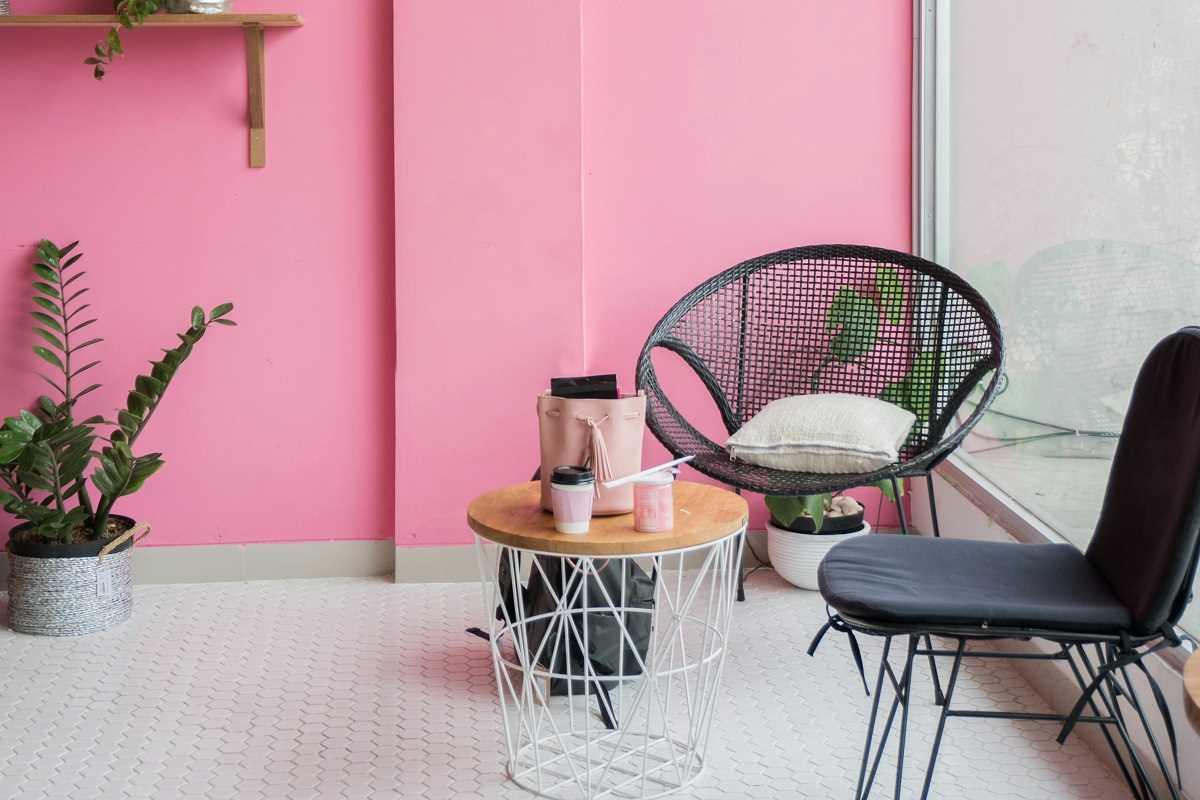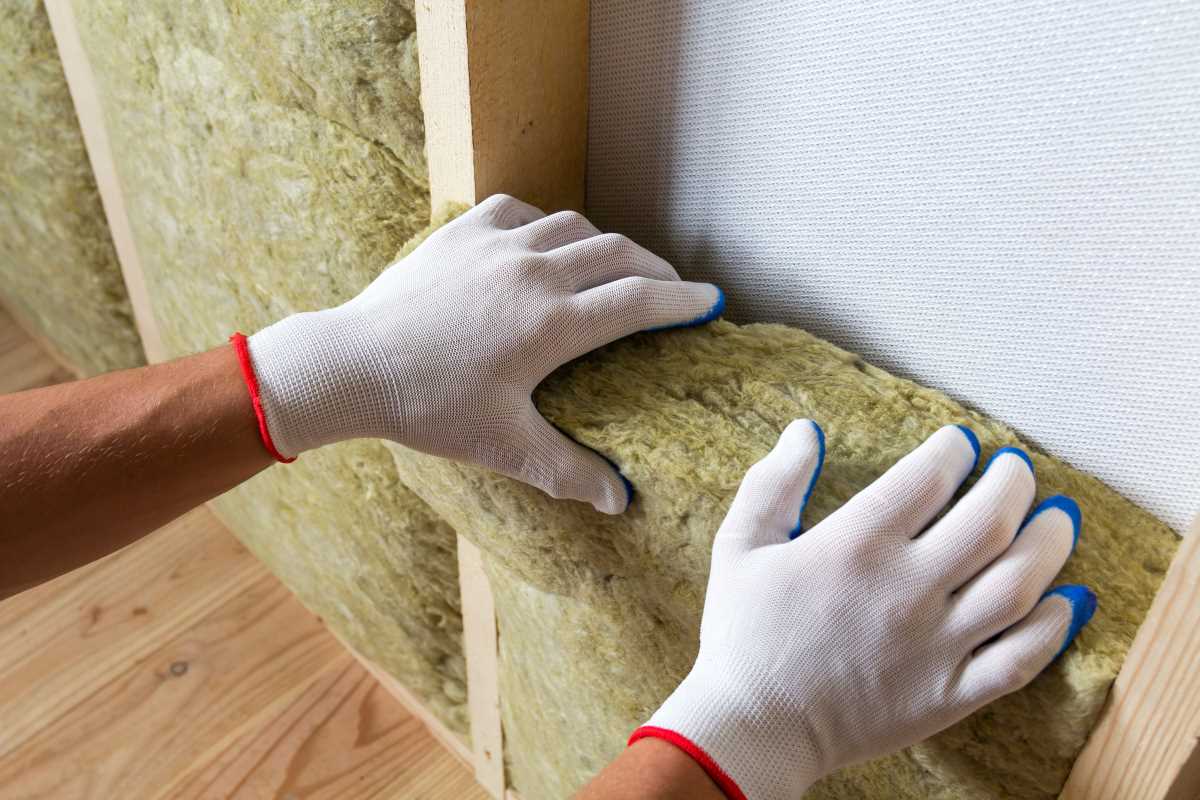When it comes to choosing the right window treatments for your home, several factors must be considered to ensure you make the best decision that suits your needs and style. From privacy and light control to aesthetics and functionality, selecting the perfect window treatment can enhance the overall look and feel of a room. Let's explore some key factors to keep in mind when selecting window treatments.
Natural Light
Natural light can significantly impact a room's ambiance. Consider how much light you want to let in and choose window treatments that allow you to control the amount of light entering the room. Sheer curtains can soften harsh sunlight while still allowing plenty of brightness, while blackout curtains or shades are perfect for bedrooms or media rooms where darkness is desired.
Privacy
Privacy is essential, especially in bedrooms and bathrooms. Opt for window treatments that offer the level of privacy you desire while still allowing natural light to filter through. Top-down, bottom-up shades are an excellent option for balancing privacy and light, as they allow you to lower the shade from the top while keeping the bottom closed.
Style and Aesthetics
Window treatments can tie the room's decor together or make a statement on their own. Select a style that complements the room's aesthetic, whether it's traditional curtains, modern blinds, or elegant shades. Consider factors such as color, pattern, and texture to ensure your window treatments enhance the overall design of the space.
Maintenance and Durability
Consider the maintenance and durability of the window treatments. Some options may require more upkeep than others, so choose based on your lifestyle and preferences. For example, wooden blinds may require regular dusting and occasional polishing, while washable curtains might be more practical for homes with children or pets.
Energy Efficiency
Window treatments can also impact energy efficiency in your home. Look for options with insulation to help regulate the room's temperature and reduce energy costs. Cellular shades, also known as honeycomb shades, are particularly effective at providing insulation due to their unique structure.
Budget
Set a budget for your window treatments and explore options within your price range. Remember that quality window treatments can be a worthwhile investment in the long run. While custom treatments may be more expensive initially, they often fit better and last longer than off-the-shelf options.
Functionality
Consider how you'll use the windows and choose treatments that accommodate your needs. For example, if you frequently open and close windows for ventilation, opt for treatments that are easy to maneuver, such as roller shades or vertical blinds.
Window Size and Shape
The size and shape of your windows play a crucial role in determining suitable treatments. Large windows might benefit from layered treatments, such as combining sheer curtains with heavier drapes. Unusual shapes like arched or circular windows may require custom solutions or specialized treatments for non-standard windows.
Room Purpose
The function of the room should influence your choice of window treatments. For instance, moisture-resistant options like faux wood blinds or vinyl shutters are ideal for bathrooms and kitchens. In a home office, consider treatments that reduce glare on computer screens while still allowing natural light.
Architectural Style
Your home's architectural style can guide your window treatment choices. Traditional homes often pair well with classic options like wooden shutters or heavy drapes, while modern homes might benefit from sleek roller shades or minimalist blinds.
Layering Options
Don't be afraid to layer different window treatments for added versatility and style. Combining sheer curtains with blackout drapes, for example, allows you to adjust the level of light and privacy throughout the day.
Smart Home Integration
For tech-savvy homeowners, consider motorized or smart window treatments that can be controlled via smartphone apps or voice commands. These options offer convenience and can be programmed to adjust automatically based on time of day or sunlight levels.
Safety Considerations
If you have young children or pets, prioritize cordless options or those with inaccessible cords to prevent accidents. Many manufacturers now offer child-safe alternatives that provide style and peace of mind.
Environmental Impact
Eco-conscious consumers should look for window treatments made from sustainable materials or those that are certified for low chemical emissions. Some options, like certain types of wooden blinds or organic fabric curtains, can be more environmentally friendly choices.
Consider these factors to make an informed decision when selecting window treatments for your home. Whether you prioritize natural light, privacy, style, or energy efficiency, there are window treatment options available to meet your needs and enhance the beauty of your living spaces. By taking the time to evaluate your specific requirements and preferences, you can choose window treatments that not only look great but also function perfectly in your home for years to come.
(Image via Adobe)
 (Image via
(Image via





